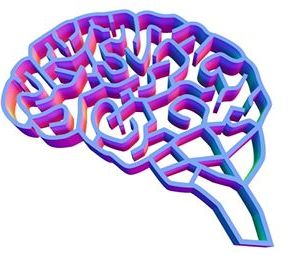When talking about neurosyphilis we are referring to an infection of the spinal cord or the brain. In the majority of the cases the infection attacks people who have been suffering from syphilis for many years and have received no treatment.
Causes of the neurosyphillis infection
The infection is caused by the same bacterium that is causing syphilis, Treponema pallidum. The infection usually appears for the first time 10-20 years from the moment of infection with the bacterium. Nonetheless we have to note that not all the syphilis patients develop the infection.
 It is good to know about neurosyphilis infection that there are four different kinds of it: asymptomatic, meningovascular, general paresis and tabes dorsalis.
It is good to know about neurosyphilis infection that there are four different kinds of it: asymptomatic, meningovascular, general paresis and tabes dorsalis.
The asymptomatic infection appears before the symptomatic infection appears. During this period the patient is infected, but he or she shows no signs.
Symptoms of neurosyphilis
First of all we have to say that in some cases there are no symptoms at all. In case there are some signs, then these could include abnormal walk (or gait), confusion, blindness, dementia, headache, depression, incontinence, irritability and inability to walk.
Some other symptoms of neurosyphilis infection could involve numbness in the toes, feet or legs, seizures, poor concentration, tremors, stiff neck, weakness and visual disturbances. It is possible for the patients to experience some other symptoms as well.
Exams and tests
The signs of neurosyphilis include muscle atrophy, abnormal reflexes, or muscle contractions. There are some blood tests available that could recognize the substances created by the bacterium that is causing the infection. One of the oldest tests of this kind is the VDRL test.
Some other tests meant to find neurosyphilis infection include fluorescent antibody absorption, treponema pallidum agglutination assay and rapid plasma regain. In case of this infection it is almost vital to test the spinal fluid for the presence of syphilis.
Those tests that are supposed to find the neurological problems caused by neurosyphilis include CT scan, cerebral angiogram, MRI and lumbar puncture.
Treatment
In the majority of the cases the infection is treated by penicillin, and this could be administered in different ways. It could be injected intravenously, a few times a day for 10-14 days. Also the patients with neurosyphilis infection could take it by mouth.
In this case the medication needs to be taken about 4 times per day and there is also need for muscle injections. Again the treatment takes 10-14 days. To make sure that the infection is done there is need for follow-up blood tests every 3, 6 or 12 months.
The follow-up tests for the infection also include the analysis CSF fluid punctures that take place every 6 months. In case you are affected by HIV or some other condition of the kind, then the schedule could be altered.
Outlook and prognosis
The sad truth about the infection is that it might turn out to be a life threatening complication. The outcome of the treatment for neurosyphilis depends on your health status before you start the treatment.

